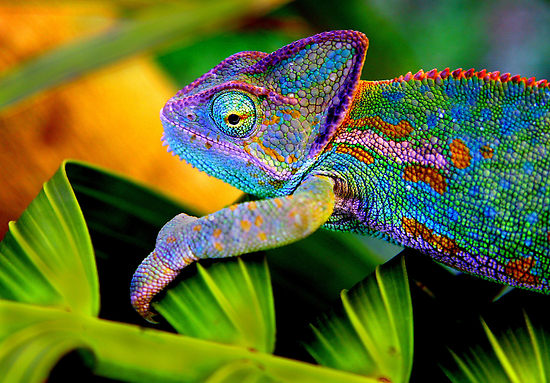
What scientists once thought was just one type of panther chameleon has turned out to be 11 distinct species, a new study has shown.
Biologists in Madagascar have made a shocking discovery. Chameleons are known for their ability to change color for camouflage, but a recent genetic analysis of the vibrant lizards suggests they have been hiding more than we thought. According to e-Science News, a chameleon species commonly found deep in the forests of Madagascar is actually 11 distinct species.
In light of rapid deforestation in the rainforests of Madagascar, scientists have rushed to study as much of the island’s biodiversity as they possibly could. Michel Milinkovitch, a professor of genetics, evolution, and biophysics at the University of Geneva in Switzerland, spearheaded a study that aimed to explain why the panther chameleon exhibited such a wide range of colors across distinct geographic populations. Their study led them to a shocking discovery – the chameleons showing different color patterns were more different than anyone had thought. The results of the study were published in the journal Molecular Biology on Monday.
The team forayed into the jungles of Madagascar twice to gather blood samples and corresponding photographs of 324 individual chameleons. They examined the mitochondrial and nuclear DNA of each sample in an effort to explain why each chameleon exhibited its own dominant color. The team thought that the geographically isolated populations of panther chameleons had simply adapted over time to match their color to their environment.
The DNA analysis told a different story. Certain color patterns were traced back to very distinct lineages of chameleons, suggesting that each species had a specific origin. In the single-species paradigm, the chameleons would have all dispersed from one original population.
The results suggest that there were many different points of origin for these colorful lizards, and highlight the need for new, targeted management strategies. Development threatens Madagascar’s rich biodiversity on a daily basis, and understanding the species present on the island is essential to their survival.